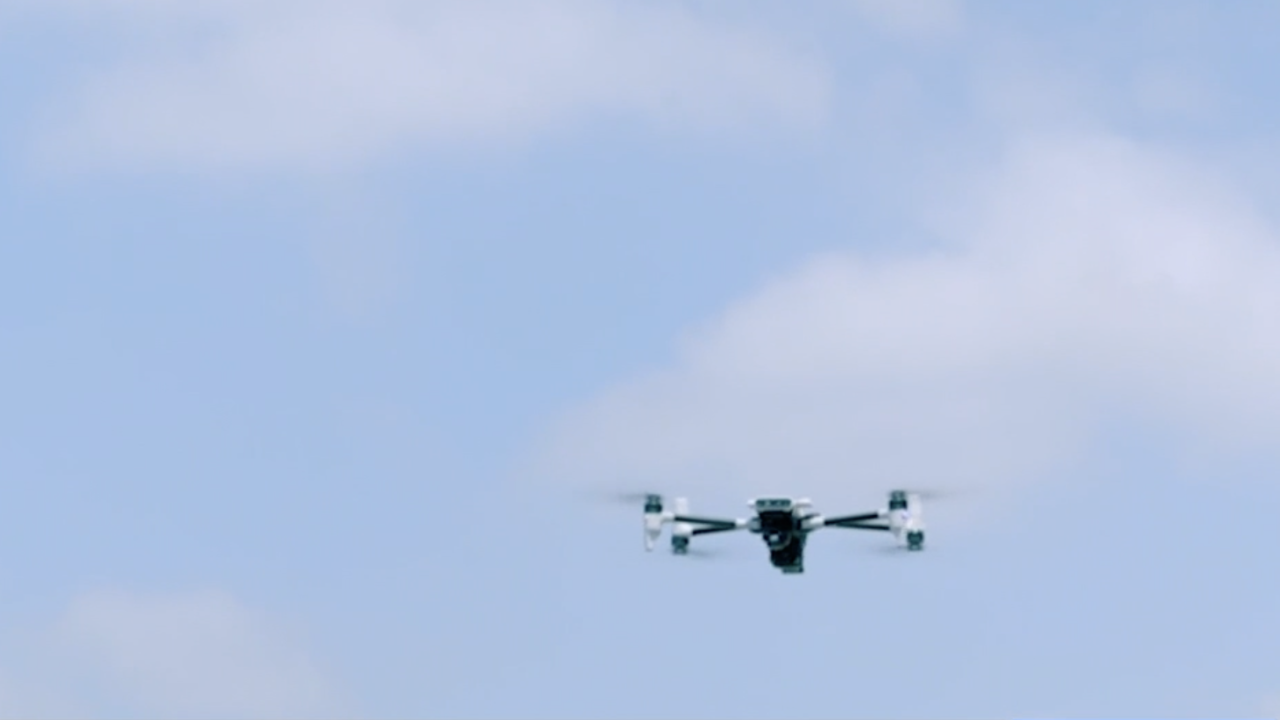At the BRINC headquarters in Seattle, a team of engineers is creating what the company believes is to be the future of law enforcement — their Responder DFR drone; DFR standing for "drone as first responder."
"It's meant to deploy immediately to 911 calls once a call for service is being placed and basically arrive on scene within 70 seconds," said David Benowitz, director of marketing for BRINC.
The company has recently put the Responder on the market. It's meant to be the eyes and ears of law enforcement before a uniformed officer even steps foot on scene.
"First responders just have more information before they arrive so they can more accurately evaluate how dangerous or not dangerous the situation is, then they can scale up or down their response to be appropriate," said founder and CEO of BRINC, Blake Resnick.
Resnick says that the idea is to have Responder charging stations positioned on top of fire and police stations, ready to be sent out to the next call, all the while giving police a livestreamed view so that they can decide what resources should be deployed, or if it's just a false alarm
"If an active shooter response is like the highest priority call it's very useful in those scenarios. But it's also useful clearing out things like obstruction and roadway calls, which happen all the time, or suspicious person calls, right? Drone gets there, sees there isn't actually an obstruction in this roadway. Someone moved it. Or, you know, it arrives, person isn't suspicious," said Resnick.
Resnick says one of the advantages of the Responder is its ability to deliver a lifesaving tool to a scene, like Narcan or a defibrillator.
So far there are contracts that would get the Responder to four different departments by the end of the year, and the company is in talks with about 150 cities about being outfitted. The cities that BRINC have contracted with so far this year are Schenectady, New York, Queen Creek, Arizona, Greenwood Village, Colorado, and Hawthorne, California.
"These agencies really struggling to both recruit new talent and also retain the officers they have, this is a way for them to do more with less and then really focus on the serious emergencies," Resnick said.
At a recent Homeland Security Committee hearing in D.C., the issue of privacy and drones was addressed, asking the question: Does this technology make it easier for civilians to be spied on by the government?
"I think all of us here today appreciate the benefits of drone tech, especially in emergent situations and I think we can also agree that this technology should be deployed in a manner that protects individuals' privacy, civil rights and liberties," said Rep. Lou Correa at the hearing.
Another concern from lawmakers is law enforcement departments using drones from China that may be susceptible to hacking from the Chinese government. Rep. Elise Stefanik has proposed a bill that would place tariffs on Chinese-made drones and use the revenue to establish grants for first responders and others to purchase domestic drones.
Last year, the ACLU released a paper noting that DFR usage by police is on the rise, and called for strict limits on what drones it can and cannot survey — for example whether DFRs open the door for drones to be used in routine patrols of cities and neighborhoods.
"Our most progressive agencies are being very purposeful about sharing that information with the public about their flights, about where they're going, why they were there," said Noreen Charlton, who leads public safety strategy and marketing for California-based drone company Skydio, which also makes an array of drones for law enforcement use.

Company News
Amazon's self-driving robotaxi unit Zoox under investigation after 2 crashes
The company encourages agencies to be upfront with communities about how the technology is being used.
"I think when agencies are transparent about why they're using drones and when they're using them, the community sees them as an advantage," she said.
"It has unbelievable potential to save lives and make the world safer and better for everyone. But, you know, it really has to be deployed responsibly. And I think that these, these are conversations that need to be had between police chiefs and mayors and fire chiefs and city councils," said Resnick.
Resnick says BRINC is working on software to help agencies get specific data about their drones so they can be transparent about their use, hopefully making sure privacy also has a place in the future of law enforcement.




